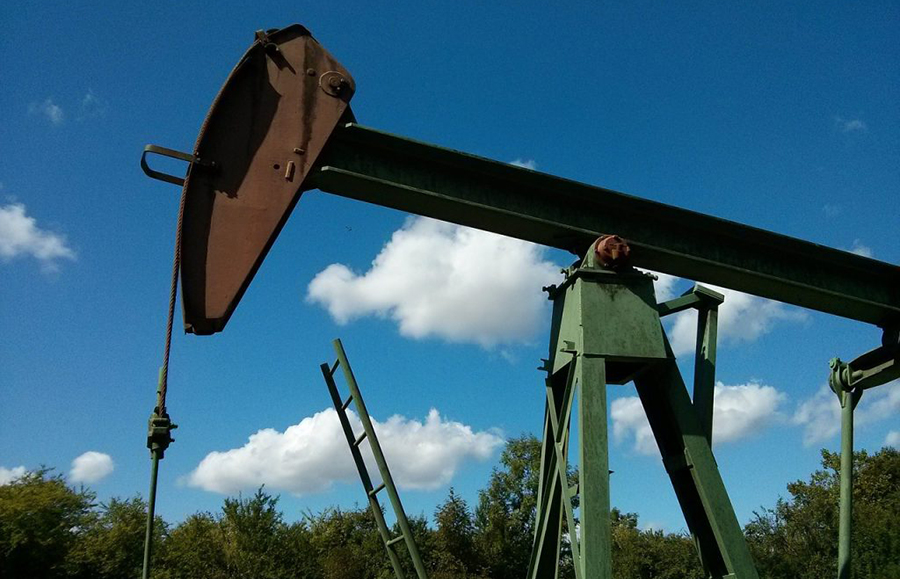The worst week in the history of the oil markets came to an end last week Friday as oil prices recovered some of its losses. Oil prices stabilized after days of turbulence, but recent recovery might just be temporary.
Brent crude, the international benchmark, was above $21 a barrel while West Texas Intermediate, (W.T.I.) the U.S. oil benchmark, was trading just below $17 a barrel. Market sentiments are divided on where oil prices would head in the short term based on new activities taking place.
Would prices keep rising?
Last week, Oil bulls weighed in on production cuts and geopolitical tension between the United States of America and Iran. Operators in the U.S. have begun to shut in old wells and stop new drilling, which inadvertently could reduce output by 20%, according to I.H.S. Markit Ltd. In other production-cut updates, the OPEC+ alliance have also reacted to the slump in prices by slashing daily production.
According to Bloomberg reports, representatives from Kuwait and Algeria claim they will begin cutting output ahead of schedule. This includes Nigeria because there is nowhere to store any more of its oil. The other reason behind the bullish run in oil prices last week was the threat of conflict between the U.S. and Iran. On Wednesday, U.S. President Donald Trump tweeted that the “United States Navy should shoot down and destroy any and all Iranian gunboats if they harass their ships at sea.”
READ ALSO: Bonny light crude oil crashes as Nigeria runs into deeper revenue crisis
These global activities give bullish investors some optimism. Going by antecedents, traders know some geopolitical tension involving oil-producing states boosts prices in the short run. However, a tweet by Donald Trump, just like many of his other tweets, exaggerates the intensity of the supposed “escalation” between Iran and the U.S. Analysts believe this would fade off on oil prices in the long run. Neil Wilson, chief markets analyst at Markets.com in a release with Business Insider, claimed, “Donald Trump started to look desperate, stoking tensions with Iran. You would not be surprised if it were a dastardly plan to boost oil prices.”
Besides, there are slight chances that demand would pick up as China and a few states in America begin to reopen partially. According to a spokesperson for China’s National Health Commission, Mi Feng claimed that “the latest news is that by April 26, the number of new coronavirus patients in Wuhan was at zero, thanks to the joint efforts of Wuhan and medical staff from around the country.”
READ MORE: NNPC pipeline vandalism up by 50% in January, may suspend crude oil production
Would prices fall?
Analysts believe the rally last week is what traders call “a dead cat bounce.” The triple whammy of low demand, high supply, and minimum storage are the main determinants for oil prices. With travel and movement still restricted in most countries, there is a shortage of demand for oil consumption as COVID-19 lingers.
Bill Gates has warned that “the world is not even halfway through the coronavirus pandemic” in an interview with N.B.C. Today. On the supply side, there are chances the market will wave off the cuts in production as investors know cutting production is not as easy as shutting a tap.
Some companies and countries might still produce to stay afloat in these times. Looking at the storage problem, which triggered negative prices a week ago, The E.I.A. in its weekly blog, stated that “The availability of storage in Cushing would remain an issue in the coming weeks, however, and could still result in volatile price movements in the June W.T.I. futures contract or other U.S. crude oil spot prices that face limited storage options,”. Nothing really has changed in the fundamentals to turn the oil markets bullish.
READ MORE: Nigeria’s cocoa exports to fall by $100m as prices rise in futures market.
What should we expect?
“Commodities are spot assets, not anticipatory assets and must clear current supply and demand, which still remain extremely out of balance in all markets,” said Goldman Sach’s chief commodity strategist Jeffrey Currie. On this premise, we examine both cases for direction on prices.
The biggest bullish driver for oil prices would be voluntary production cuts from the U.S. oil companies, OPEC+ countries, and members of G20 who supported the need for global cuts. The historic 9.7 million barrels per day cut would begin this week on May 1 and would extend through the end of June. Much focus would be on how countries comply with the output cuts agreements.
As for the Oil Bears, they still lean towards the elephant in the room, which remains the demand destruction caused by the Coronavirus and the availability of storage facilities for excess oil. The failed Gilead Sciences drug trial implies the virus would live to “Die another day.” Provided the virus persists, we expect oil to range between the $18-$28 dollars, as seen in the chart below.
Source: https://www.fxstreet.com/rates-charts/chart-interactive?asset=brentoil
Disclaimer: This article is a general publication dedicated to education for investors and traders. The information provided herein is not to be construed as a recommendation to buy or sell oil futures. As on the day of writing this article, the author has no open position in the oil market.
READ ALSO: Many odds against the naira
Dapo-Thomas Opeoluwa is a Global Markets analyst and an Energy Trader. He is currently an MSc. student in International Business, Banking and Finance at the University of Dundee and holds B.Sc in Economics from Redeemers University. As an Oil Analyst at Nairametrics, he focuses mostly on the energy sector, fundamentals for oil prices and analysis behind every market move. Follow @DapoThomas1 on twitter.
